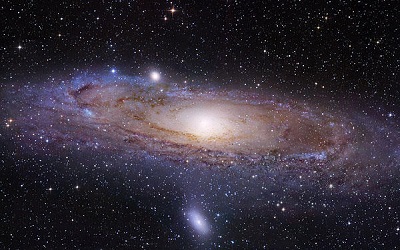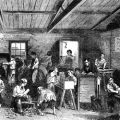PTE考生目前最大的问题之一就是练习题缺乏。除了有限的基本官方书(PLUS,Testbuilder, OG)之外就没有题了。很多英语基础不是很扎实的同学很难找到练习材料。悉尼文波雅思PTE培训学校专门为澳洲,尤其是悉尼、墨尔本的PTE考生准备了适合PTE听力阅读练习的科学60秒。各位PTE同学可以练习PTE听力中的summarise spoken text和PTE口语中的retell lecture,练习记笔记技巧和复述。
60秒科学:Why Dwarf Galaxies Lack Star Power
Why Dwarf Galaxies Lack Star Power
In a study in the journal Nature, researchers show that the relative lack of star density in dwarf galaxies need not conflict with standard cosmological models if you include the blast effects of supernovae. Karen Hopkin reports
For astronomers who study the large–scale structure of the universe, dwarf galaxies have proven quite vexing. Because the leading model of cosmology has been unable to account for their relative lack of substance. Now scientists writing in the journal Nature show that the current model can actually generate dwarf galaxies just fine. You just need to look at the stars.
There are two types of matter in the universe: ordinary matter, including the material that makes up stars. And dark matter: that mysterious stuff we can’t see but that clearly affects ordinary matter. It’s the presence of cold dark matter that explains how the young universe went from being smooth to being lumpy, as ordinary matter coalesced first into stars and then into galaxies. The problem is that dwarf galaxies are not as dense as the cold dark matter model says they should be.
Now an international team of astronomers says you can blame gusts of stellar wind. Because in the roiling cauldron of activity that governs galaxy formation, some stars go supernova. Those spectacular explosions literally blow matter away, and you’re left with a dwarf galaxy that’s a lot like most independent films: a bit light on stars.
—Karen Hopkin





